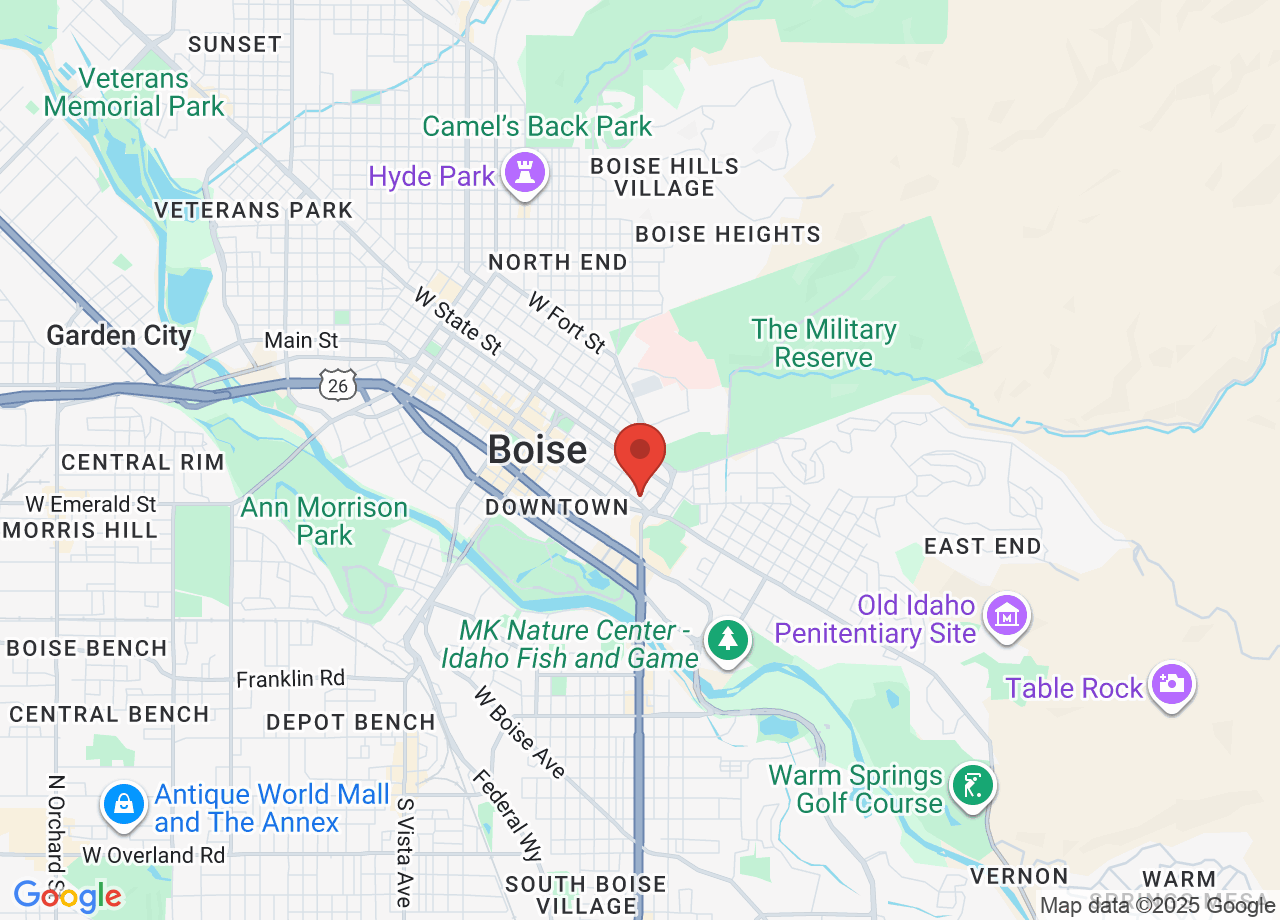Hearing Loss Facts
Struggling with hearing impairment can significantly diminish your child's quality of life. Often, children may be suffering from a condition that parents are unaware of or do not fully understand. Russell H. Griffiths, MD, offers his expertise as an ear reconstruction surgeon and can review hearing loss facts to provide you with a basic understanding of the development and effects of these conditions. Dr. Griffiths is based in Boise, ID, and seeks to educate parents about the normal function of ears and hearing as well as the hearing problems associated with microtia.
Normal Ear Anatomy
The ear is divided into three sections: the outer, middle, and inner ear. In the diagram below you will see the outer ear includes the external ear (pinna) and the ear canal up to the eardrum (tympanic membrane). The middle ear features the tympanic membrane and three small bones (ossicles), which conduct sound from the tympanic membrane to areas of the cochlea called the stapes, malleus, and incus. The middle ear communicates with the back of the throat above the palate through the eustachian tube. The inner ear contains the cochlea and semicircular canals. The cochlea is curled like a snail shell and contains fluid and small hair cells that transfer sound waves into neural impulses that are then conducted through the auditory nerve to the brain. The semicircular canals are important for balance and help us know when our head is vertical, horizontal, or rotating.

In a healthy ear, all three sections of the ear communicate with one another to allow for proper hearing and balance.
Ear Anatomy with Aural Atresia
Aural atresia is a condition where the ear canal does not form properly. It is often associated with microtia (specifically grades two to four). In severe cases, the cochlea is deformed, in addition to the ossicles. Individuals with atresia often have some hearing on the affected side (although severely reduced) from sound waves that travel through the facial and skull bones.

In children with aural atresia, the ear canal does not form properly, affecting both hearing and the structure of the ear.
Conductive vs. Sensorineural Hearing Loss
Conductive hearing loss is caused by influences that prevent the sound waves from reaching the cochlea (like aural atresia). Hearing can be significantly improved if the sound can reach the cochlea from either bone conducting hearing devices or through the creation of an ear canal (canalplasty). Sensorineural hearing loss is due to problems associated with the cochlea or nerves.
Unilateral Hearing Loss
Hearing loss in unilateral (one sided) microtia atresia is often misunderstood. Many assume that nothing needs be done for the affected side because the child already has one good ear. This could not be further from the truth. Did you know that up to 80 percent of children with one sided microtia atresia repeat a grade by sixth grade? Even though they may be of normal intelligence and can respond to others when called upon, the fact that they cannot hear all of the teacher’s words will have an impact on their education. It can also greatly affect their speech development.
How Does This Condition Develop?
Very simply, all sounds in a room compete equally for your child's attention. The sound of the other children whispering, the tapping of a pencil, the air pump on the class fish tank, and the janitor’s floor buffer in the hallway all compete with the teacher’s voice. There is a simple experiment that you can do to begin to understand what hearing is like for you child with one sided microtia atresia. The next time you are in a crowded cafeteria, plug one ear with your finger and then try to focus carefully on the conversations around you. You will find it nearly impossible. By having both ears to hear we have the ability to localize sound, and to cognitively ignore one sound spatially to focus on another. A child with microtia atresia cannot do this.
Dr. Griffiths provides as much information as he can to every one of his patients and their parents, as he believes that it is crucial to make an informed decision that serves the best interest of the child.
How You Can Help Your Child
Medical research has demonstrated that, like a plant without water, the auditory cortex of the brain will begin to atrophy (shrink) if it does not receive input. Bone conducting hearing devices are available. Embedded in the temporal bone, these convert sound into vibrations, which can bypass the absent ear canal to reach the cochlea. When the device is held against the scalp by a soft headband the vibrations can be heard by the patient. Dr. Griffiths recommends that parents purchase a bone conducting hearing device with a soft band for your child as soon as you can (preferably before age 4 months). This hearing device will help stimulate the cochlea on the affected side which will then send nerve impulses to the auditory cortex of the brain. The benefit will be immediate. These devices also can connect via FM signal to a microphone that can be worn on a teacher’s blouse or jacket in a preschool or elementary school classroom and have been shown to significantly improve learning, behavior, and speech development.
Second, once your child has a hearing device it is important they wear it as much as possible. Lastly, it is critical to maintain the health of your child’s other good ear. Annual audiograms are absolutely essential. Dr. Griffiths recommends you have annual exams by an otolaryngologist in addition to the exams by your normal pediatrician. It is tragic to encounter a patient with one sided microtia atresia who has lost the hearing in their good ear because of recurrent low grade middle ear infections that went unnoticed.
Contact Us to Learn More
Dr. Griffiths provides as much information as he can to every one of his patients and their parents, as he believes that it is crucial to make an informed decision that serves the best interest of the child. To learn more about hearing loss or the specific condition that may be affecting your child, contact us online or by phone at (208) 433-1736.
ContactOur Staff
“My son is experiencing a happiness and a confidence that I have never seen before. You have taken away a big, big hurt...Thank you for making my son happy.” Michael, Father of a Former Patient

